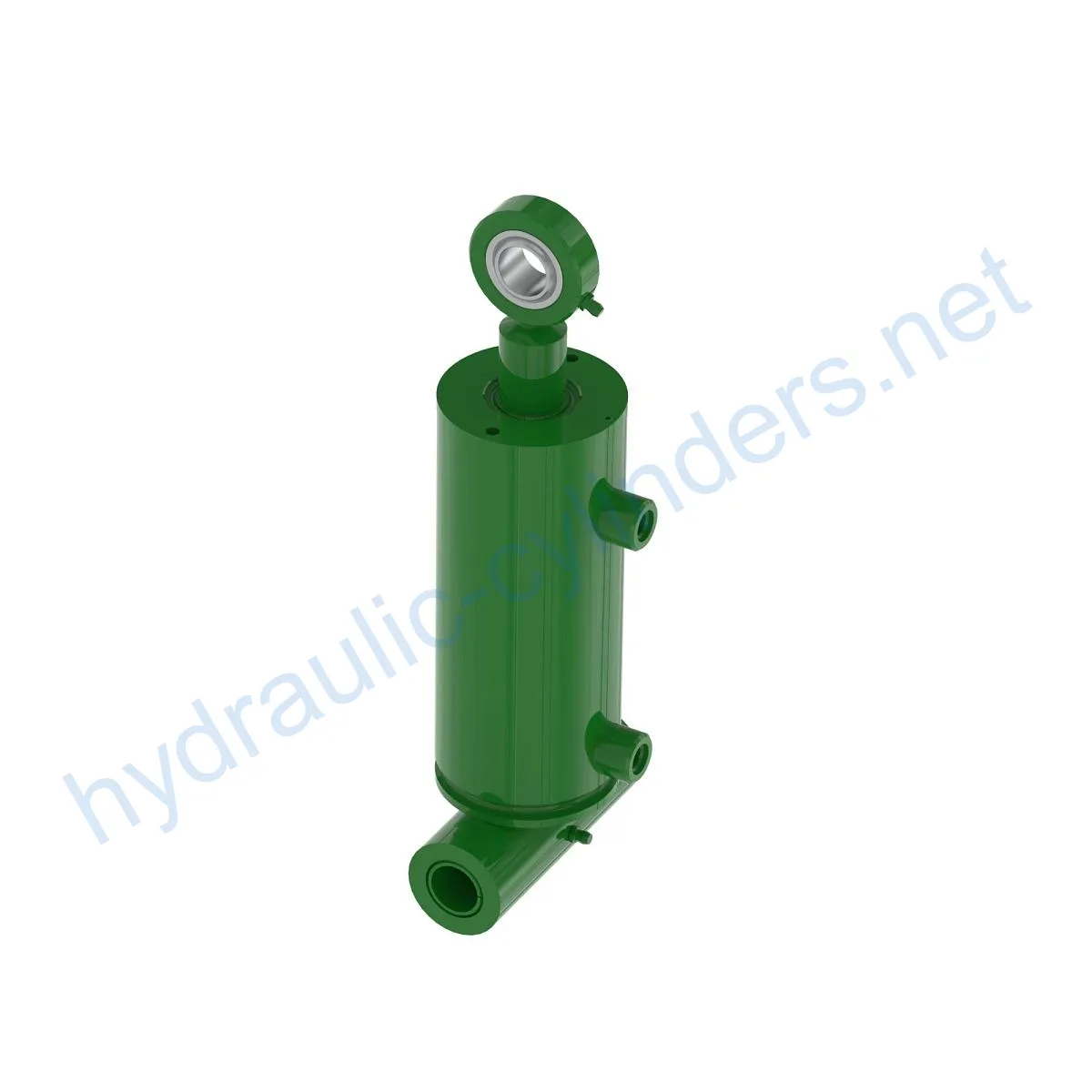Replacement Of CB11472727 Hydraulic Cylinder
Als één van de fabrikanten, de leveranciers en de exporteurs van van de hydraulische cilinders mechanische producten, bieden wij hydraulische cilinders en veel andere producten aan.
Neem contact met ons op voor meer informatie.
Mail:sales@hydraulic-cylinders.net
Fabrikant leverancier exporteur van hydraulische cilinders.
Replacement Of CB11472727 Hydraulic Cylinder
Product Introduction
The Replacement Of CB11472727 Hydraulic Cylinder is a hydraulic component used in various machinery models such as 3510, 3520, and 3522. This cylinder is designed to provide support and power for different applications, ensuring optimal performance of the equipment.
Specifications and Models
Specifications:
- Weight: 19.5 lb
- Height: 4.4 in
- Width: 5.4 in
- Length: 14.5 in
Models:
- 3510
- 3520
- 3522
Product Features
-
Improved Equipment Performance
Replacing damaged or worn hydraulic cylinders can restore the normal operation capability of the equipment, ensuring its performance in various applications.
-
Enhanced Safety
Regularly replacing hydraulic cylinders can reduce safety hazards caused by cylinder failures, ensuring the safety of operators and equipment.
-
Overload Protection
New cylinder designs often incorporate better overload protection mechanisms, enhancing safety during operation.
-
Quick Installation
Modern hydraulic cylinders are designed with ease of installation and replacement in mind, minimizing downtime.
-
Standardized Components
Many hydraulic cylinders are standardized products, making it easier to obtain replacement parts in the market.
Applications
-
Excavators
In excavators, the hydraulic cylinder may get damaged due to prolonged use or overload, requiring replacement to restore normal operation.
-
Cranes
The crane’s boom hydraulic cylinder is prone to wear during frequent lifting and lowering processes, necessitating regular replacement for safety.
-
Tractors
The front loader hydraulic cylinder in tractors may experience leaks or performance degradation during continuous lifting and tilting operations, requiring replacement.
-
Harvesters
During the harvesting process, the hydraulic system is subjected to high pressure, and the cylinder may get damaged due to fatigue, requiring timely replacement to maintain work efficiency.
-
Automated Production Lines
Hydraulic cylinders are used to control robotic arms and other automated equipment. Cylinder failure can impact production efficiency and should be replaced immediately.
-
Die Casting Machines
In high-pressure and high-temperature environments, hydraulic cylinders in die casting machines may experience performance degradation. Regular replacement ensures product quality.
-
Mining Equipment
Hydraulic cylinders are used in mining equipment for lifting and moving heavy loads. Due to harsh working conditions, regular inspections and replacements are necessary to avoid equipment failures.
-
Bulldozers
Wear of hydraulic cylinders on the dozer blade of bulldozers can lead to decreased pushing ability, requiring timely replacement to maintain operational efficiency.
Maintenance Tasks
-
Regular Inspections
Perform regular inspections to identify any signs of wear or damage in the hydraulic cylinder.
-
Proper Lubrication
Ensure appropriate lubrication of the cylinder to minimize friction and extend its lifespan.
-
Seal Replacement
Regularly replace seals to maintain the cylinder’s sealing performance and prevent leaks.
-
Calibration Checks
Regularly calibrate the hydraulic cylinder to ensure accurate operation and optimal performance.
Safety Considerations and Environmental Factors
When using hydraulic cylinders, it is important to follow safety measures to prevent accidents and ensure the well-being of operators. Additionally, considering environmental factors when using hydraulic cylinders helps minimize the impact on the surroundings.
Troubleshooting and Common Issues
Some common issues that may arise with hydraulic cylinders include leakage, insufficient power, and abnormal movements. These issues can be diagnosed and resolved using the following tips:
-
Leakage
Check for damaged seals or loose connections. Replace seals and tighten connections as needed.
-
Insufficient Power
Inspect the hydraulic system for any blockages or pump malfunctions. Address the root cause accordingly.
-
Abnormal Movements
Check for misalignment, damaged components, or inadequate lubrication. Rectify the issue and ensure proper alignment and lubrication.
Preventive Measures
To minimize potential issues, consider the following preventive measures:
- Perform regular maintenance checks according to the manufacturer’s guidelines.
- Ensure proper lubrication of the hydraulic cylinder.
- Use high-quality seals and components for replacements.
- Provide training to operators on proper usage and maintenance of the cylinder.

Product Design Considerations and Selection Criteria
When selecting a hydraulic cylinder, several design considerations and selection criteria should be taken into account:
-
Load-bearing Capacity
The hydraulic cylinder should be able to withstand the expected load without compromising its performance or structural integrity.
-
Sealing Capability
The cylinder should have effective seals to prevent leakage and maintain efficient operation.
-
Durability
Choose a cylinder made from durable materials to withstand harsh operating conditions and extend its lifespan.
-
Safety
Consider safety features such as overload protection mechanisms to ensure the safe operation of the hydraulic cylinder.
-
Maintainability
Opt for a cylinder that is easy to maintain, repair, and replace components when needed.
Sealing and Lubrication
To ensure optimal performance and longevity of the hydraulic cylinder, various sealing and lubrication practices are followed:
- Various seals, such as piston seals and rod seals, are used, typically made of wear-resistant materials like polyurethane and nitrile rubber.
- The cylinder body and threaded ends undergo precise surface treatments to enhance wear resistance.
- Regular lubrication with appropriate hydraulic oil is necessary to minimize friction and maintain smooth operation.
Regular Inspection and Preventive Maintenance
Take a Tour of Our VR Factory:
Take a tour of our VR factory with the following
Hydraulic Cylinder Application:


